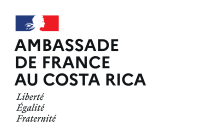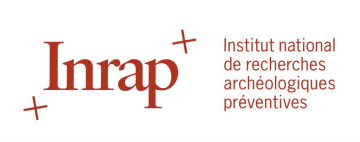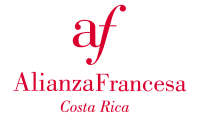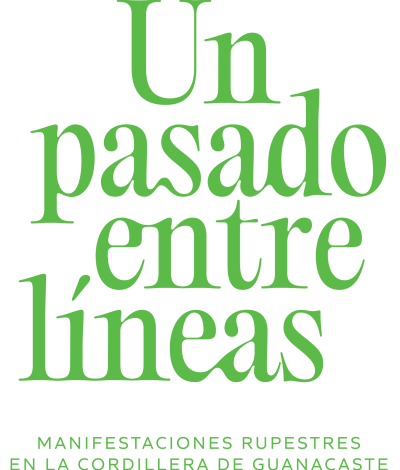


Rock art
Rock art is one of the oldest vestiges of human thought. These prehistoric discoveries are mostly found in parts of Europe, Africa, and Australia. Its definition encompasses engravings or paintings of various sizes made on rock in order to convey a group of people's opinions and thoughts. Their existence shows the relationship of human beings with nature and its resources.
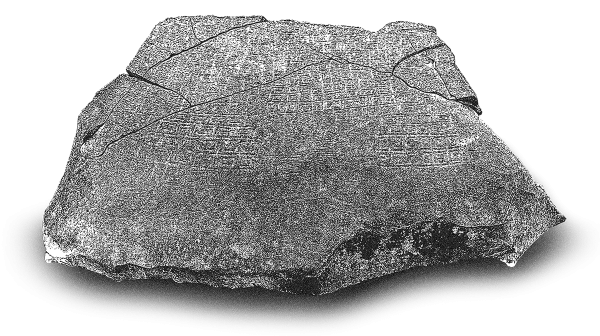


The research
The Guanacaste Archaeological Project (PRAG) is a Franco-German-Costa Rican initiative that, for five years, has studied 74 archaeological sites within a section of the Guanacaste Volcanic Mountain Range. Its main goal has been to investigate, reposition, and record these locations in an effort to learn as much as possible about who, when, how, and why they were created.
We tell you about the origin of this research and its scope.

Rock art
in the Guanacaste Volcanic Mountain Range
The first formal investigations of rock art in Guanacaste date back to the 19th century; there are also chronicles of travelers that have been a source of information. With the exception of the Nicoya Peninsula, 104 sites with this particularity were registered in Guanacaste as of 2023. Of the 74 sites covered in the PRAG research, 27 sites were located and registered for the first time. We invite you to learn about some of the key sites located on the slopes of the Orosí, Tenorio, Rincón de la Vieja and Miravalles volcanoes.
Pedregal
Pedregal
Cueva de Las Tinajas rock shelter
Cueva de Las Tinajas rock shelter
La Española gorge
La Española gorge
Savanna at Altamira Lagoon
Savanna at Altamira Lagoon
Santa Fe Wall
Santa Fe Wall
The Farallón of Sandillal
The Farallón of Sandillal

The exhibition
The PRAG's main findings are on display in "A Past Between the Lines," an temporary exhibition that is housed in the museums of the Central Bank of Costa Rica (located in San José, under Plaza de la Cultura). The exhibition encourages guests to discover the distinctive qualities of the images carved or painted on stone at numerous sites all across the Guanacaste Volcanic Mountain Range. The tour is a way to disseminate this research and travel to this area of the country with information, photographs, videos and educational resources.
Take a closer look and visit it in the heart of San José, Costa Rica.
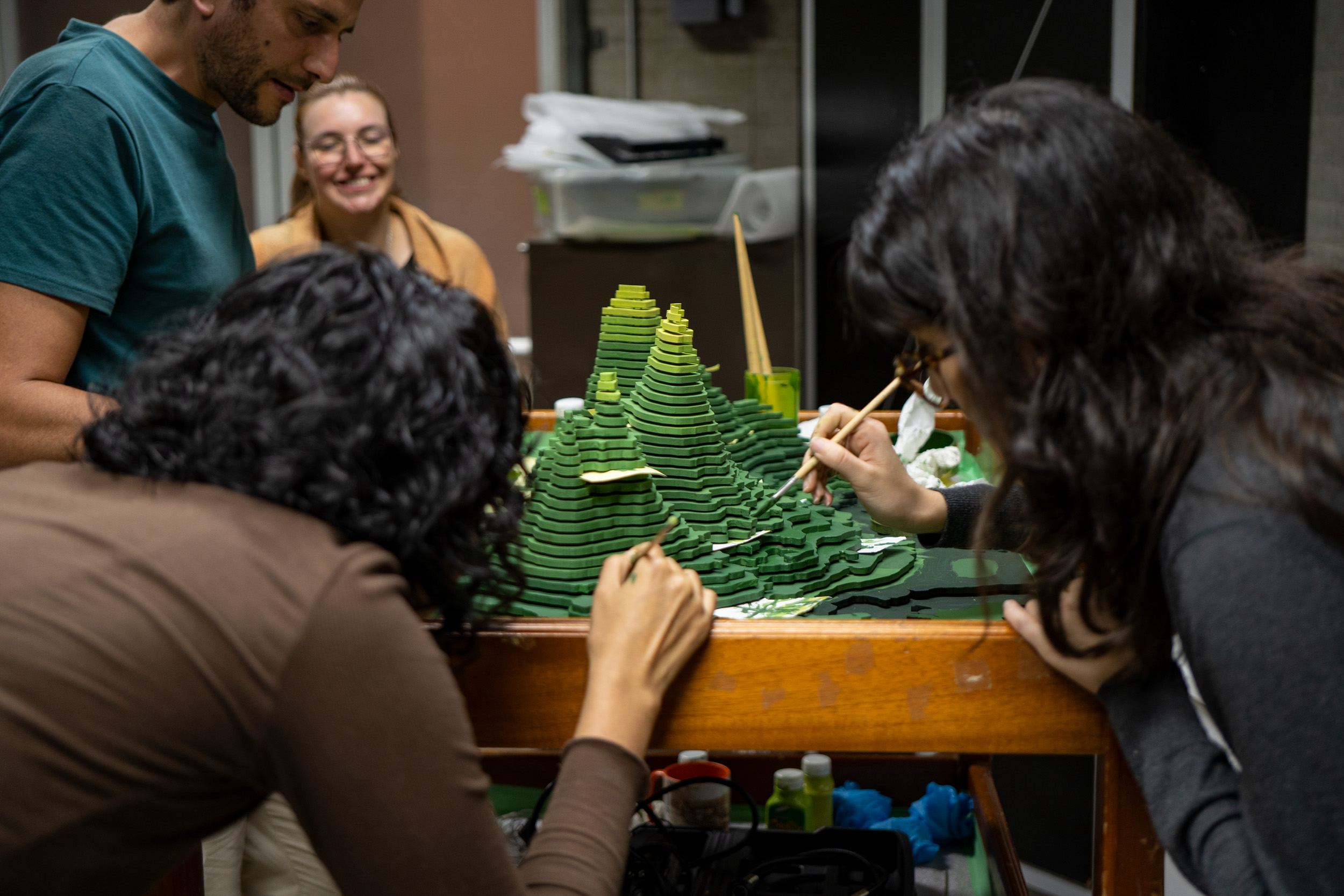
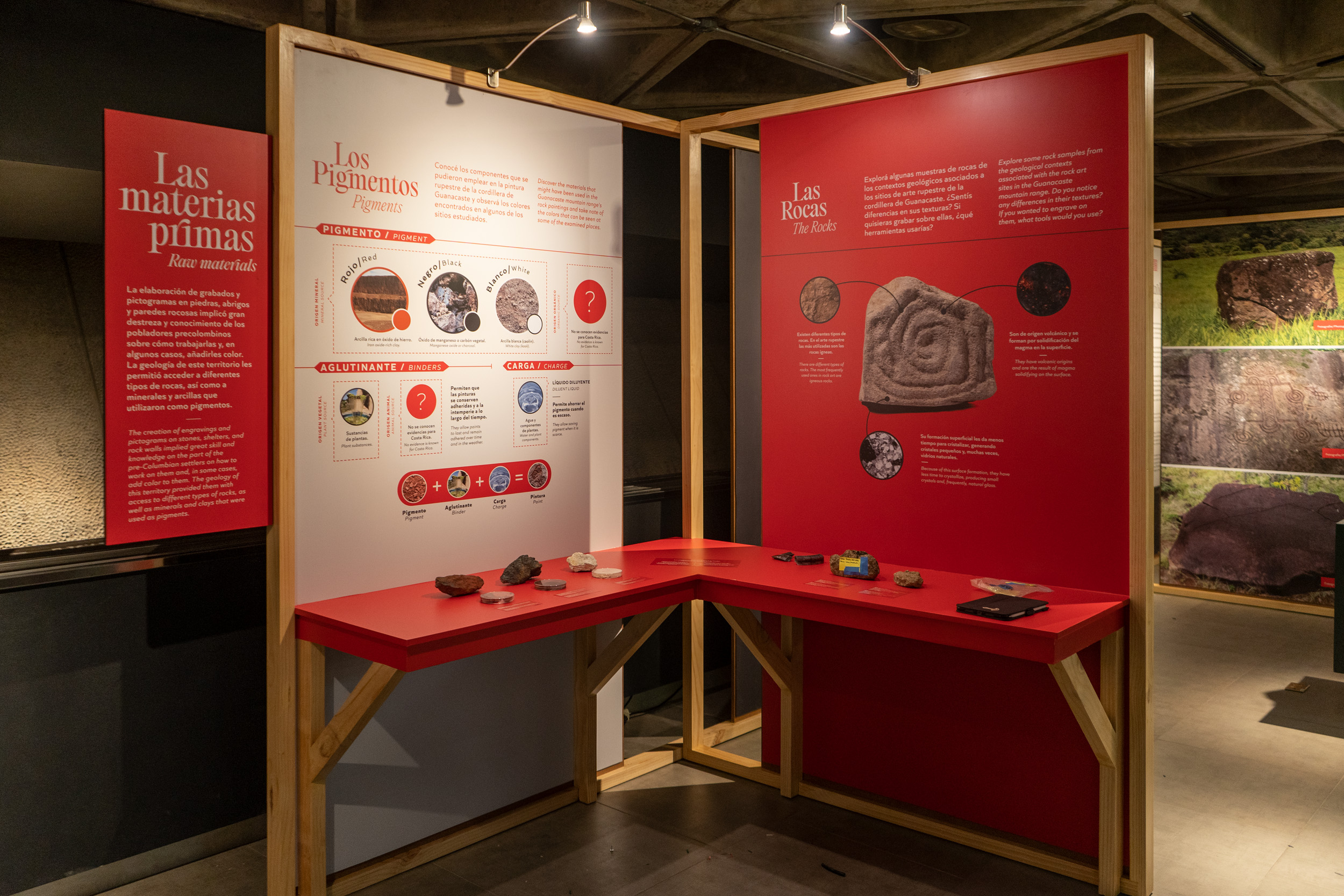
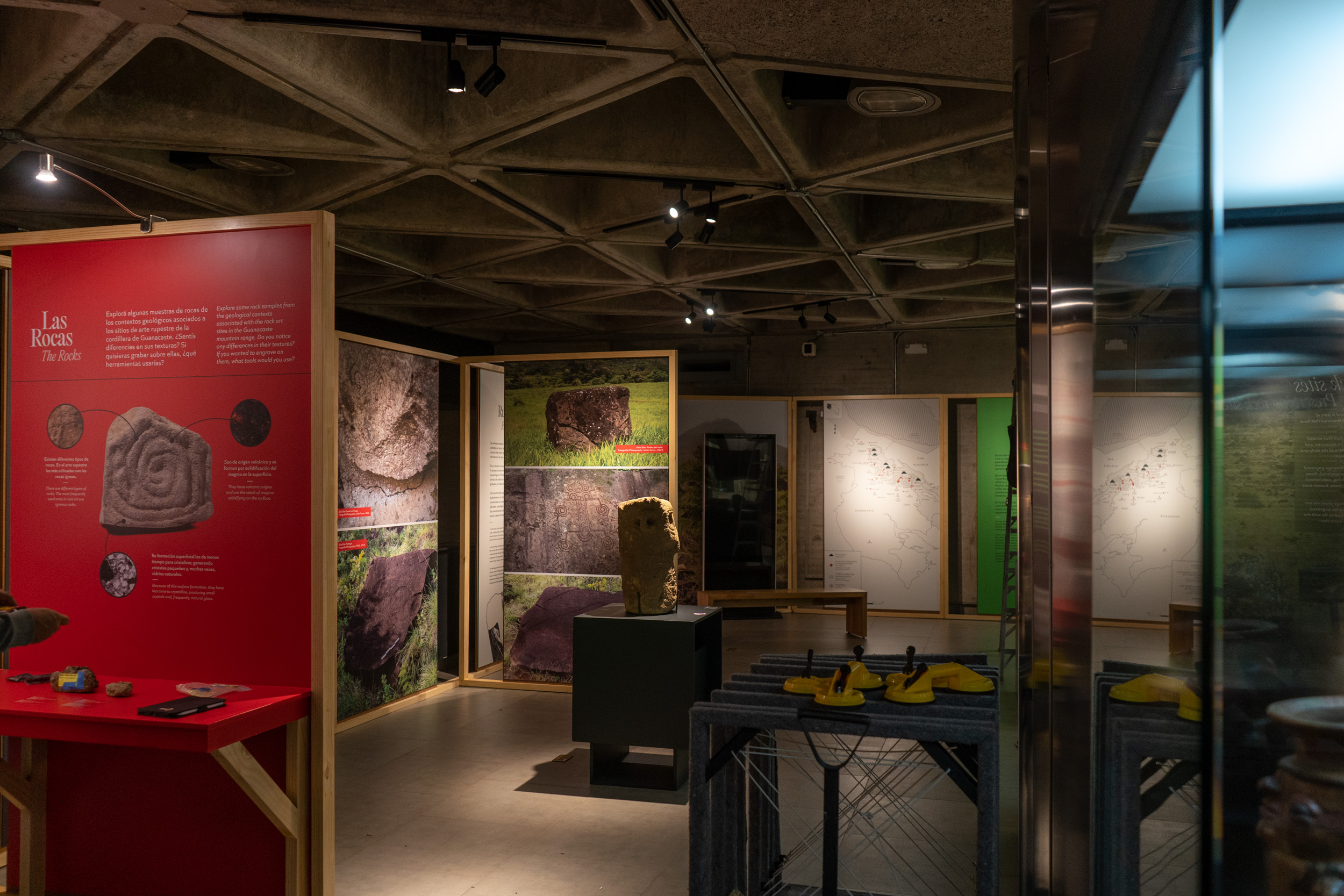
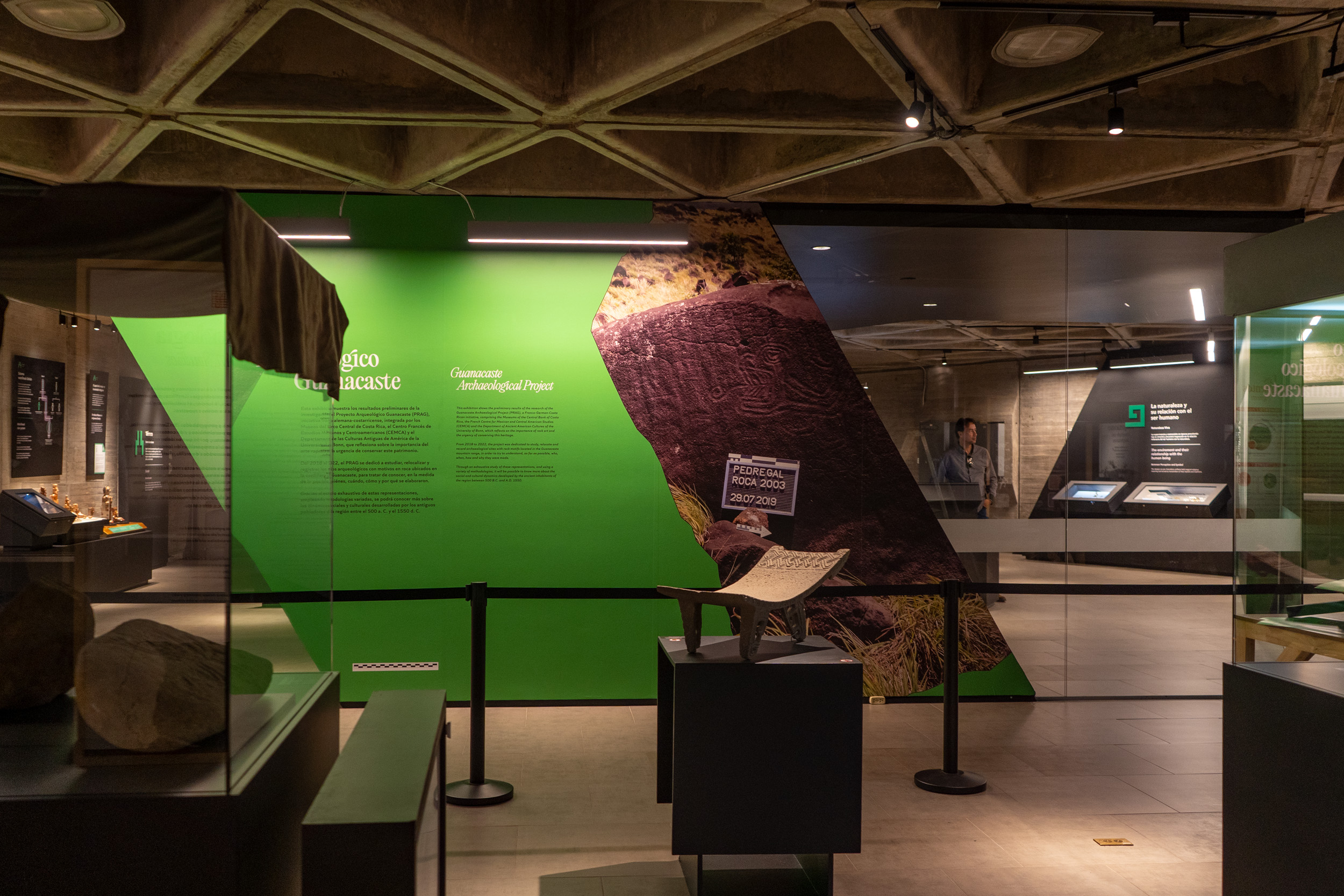
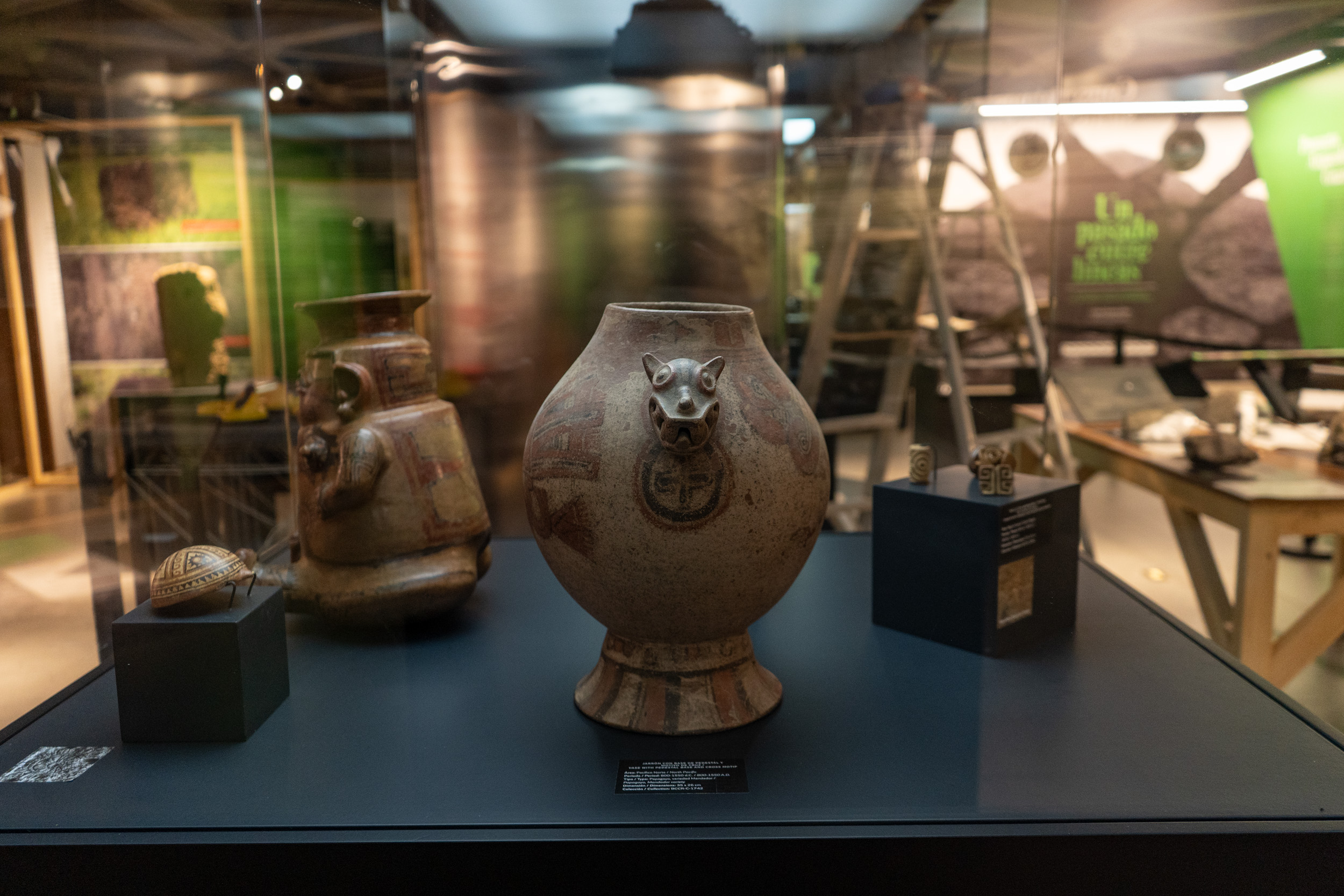
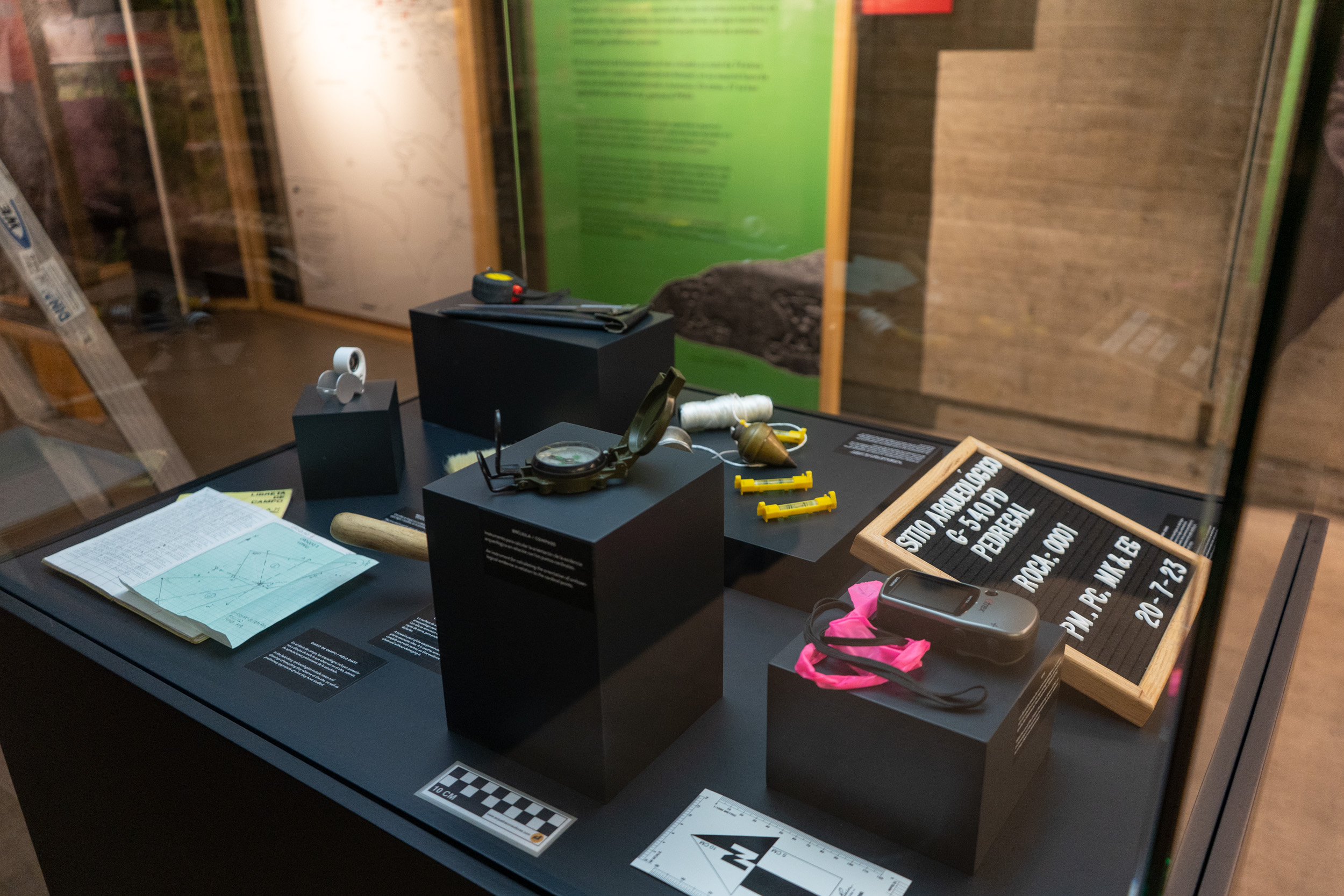
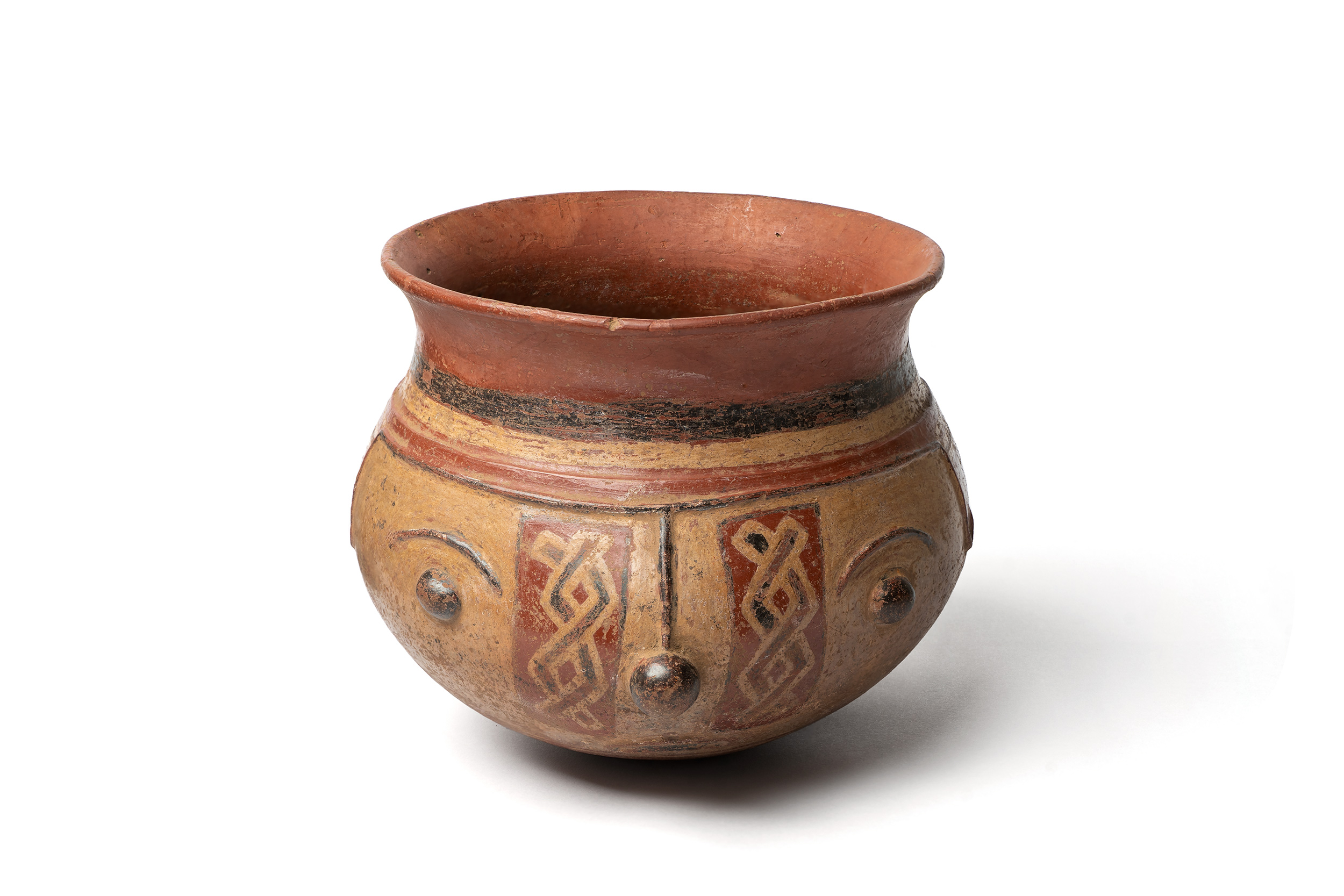
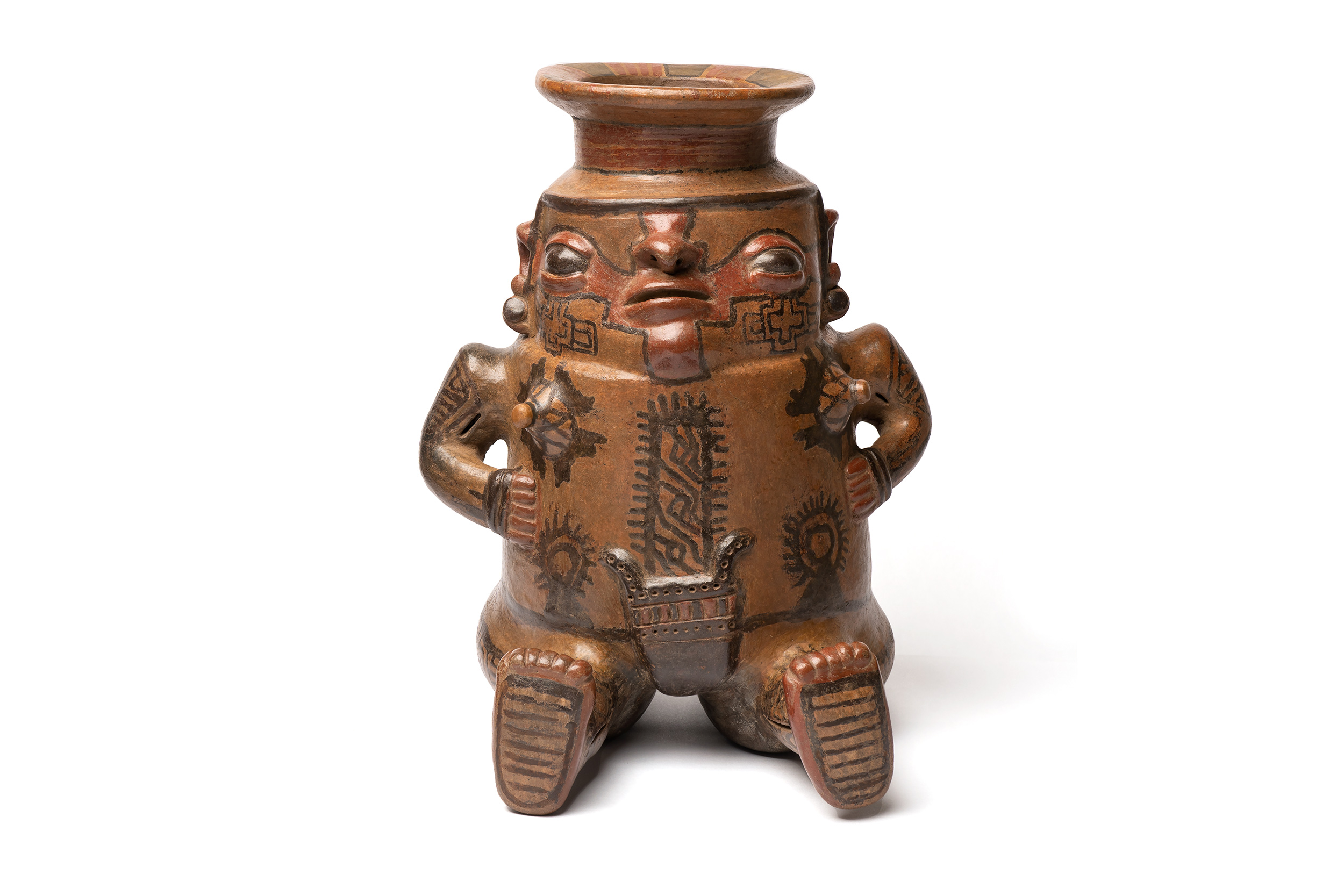
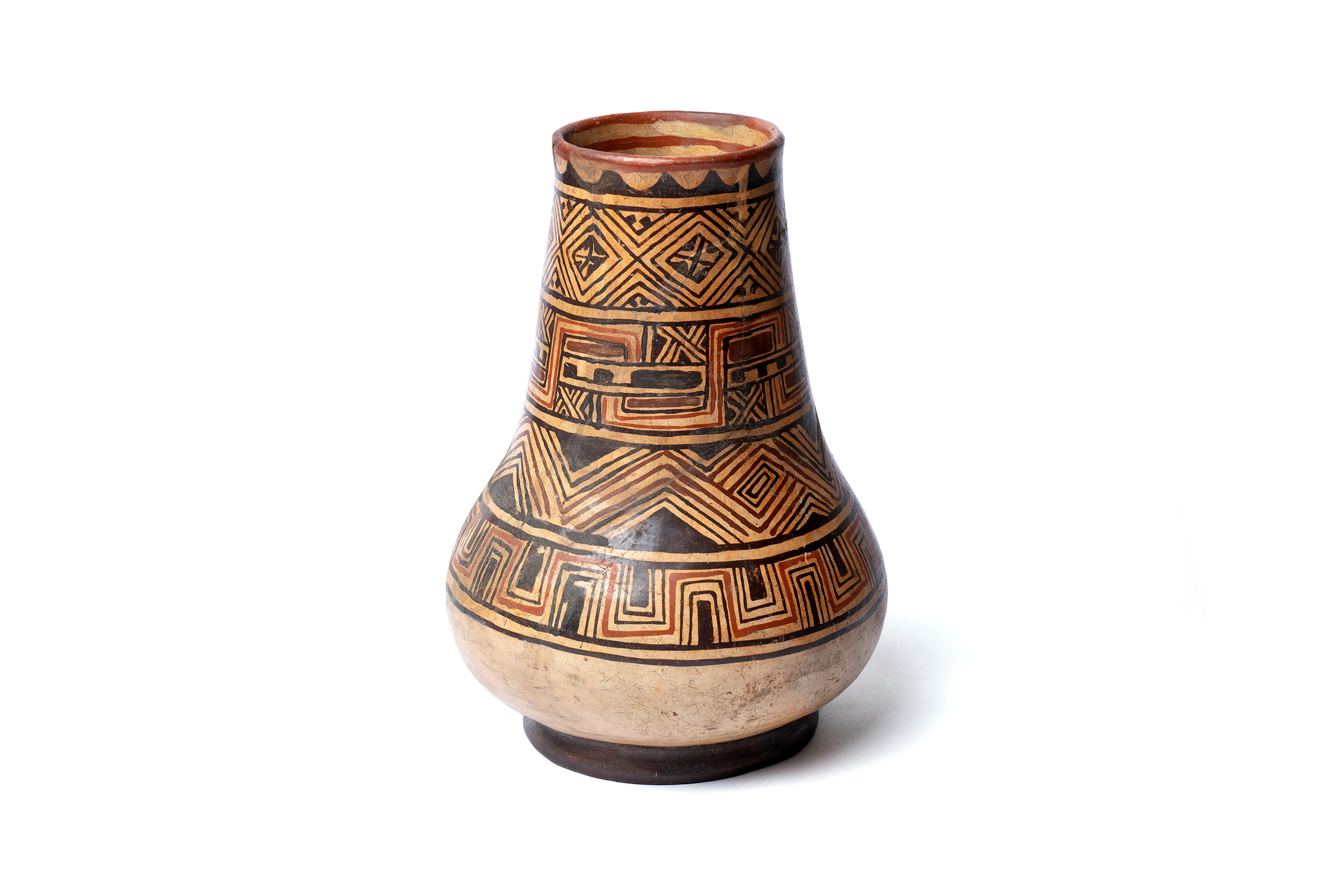
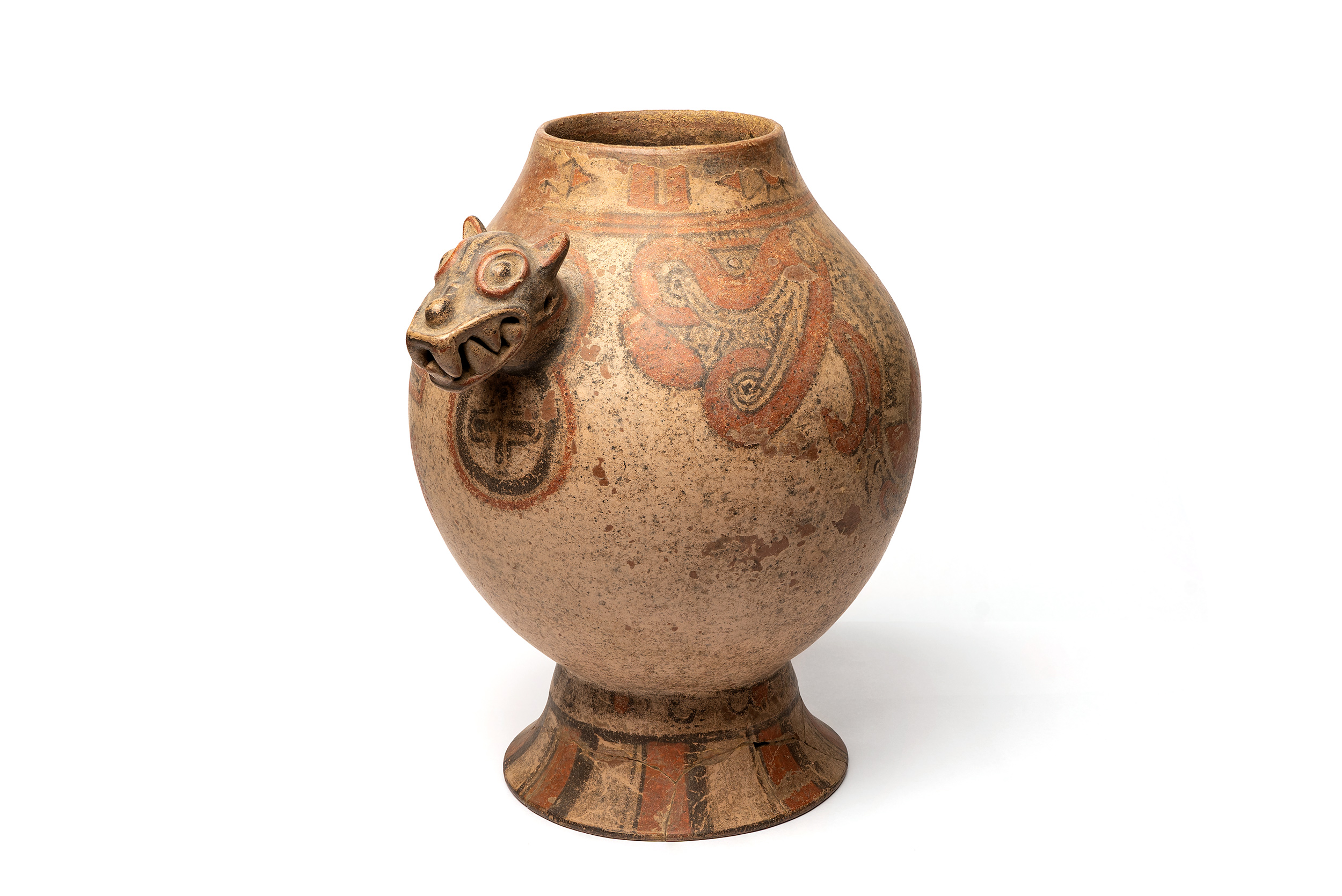
Purchase publications
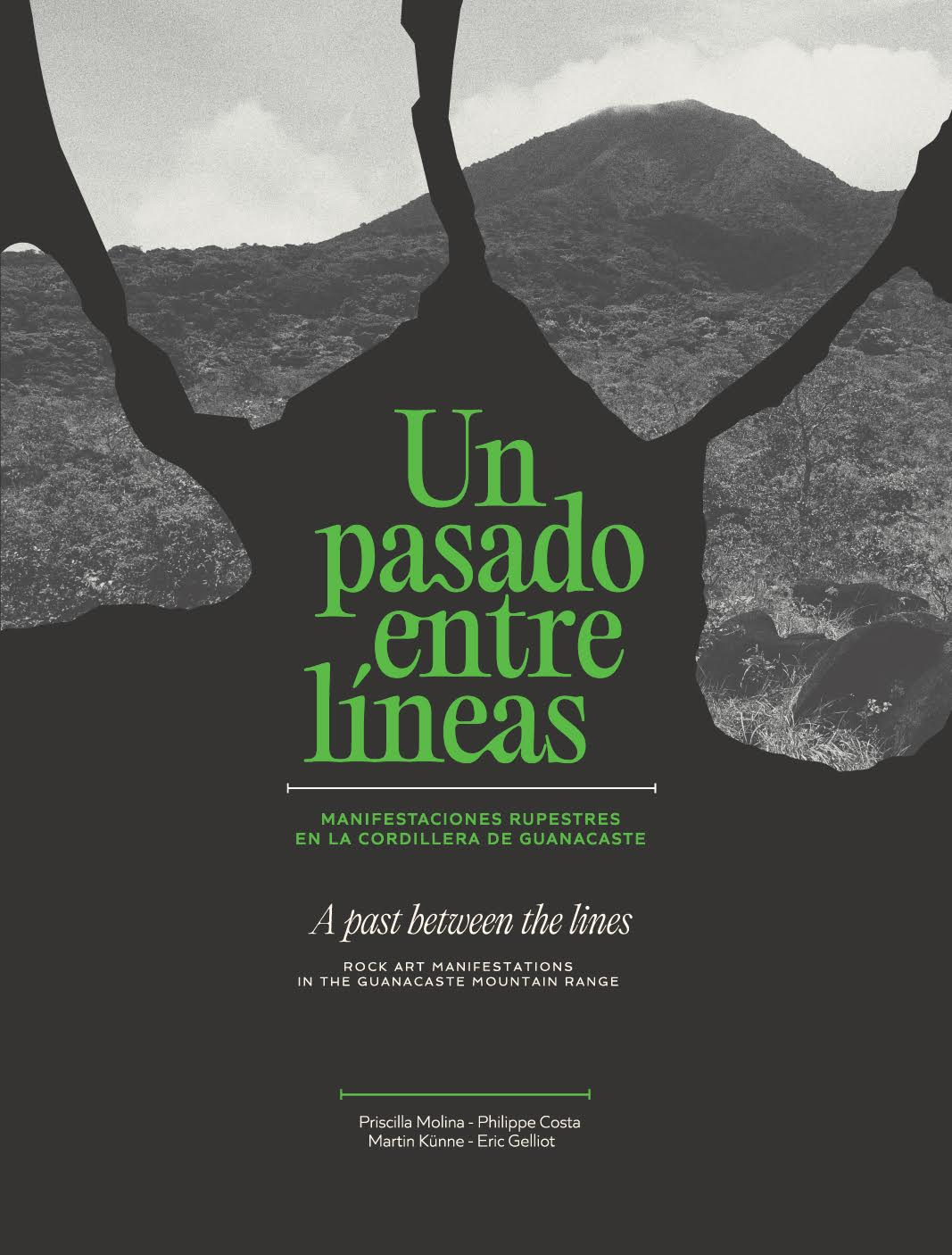
Un pasado entre líneas: manifestaciones rupestres en la Cordillera Volcánica de Guanacaste
For pre-Columbian peoples, the effort of engraving, carving, and transforming rock had to do with the desire to leave a permanent record that would last over time. This method of leaving an imprint is evidence of the intimate connection that Indigenous peoples had with nature and its resources. Rock art is not only part of Costa Rica's cultural heritage but can also be understood as a regional facet of a global memory that we must preserve for future generations.
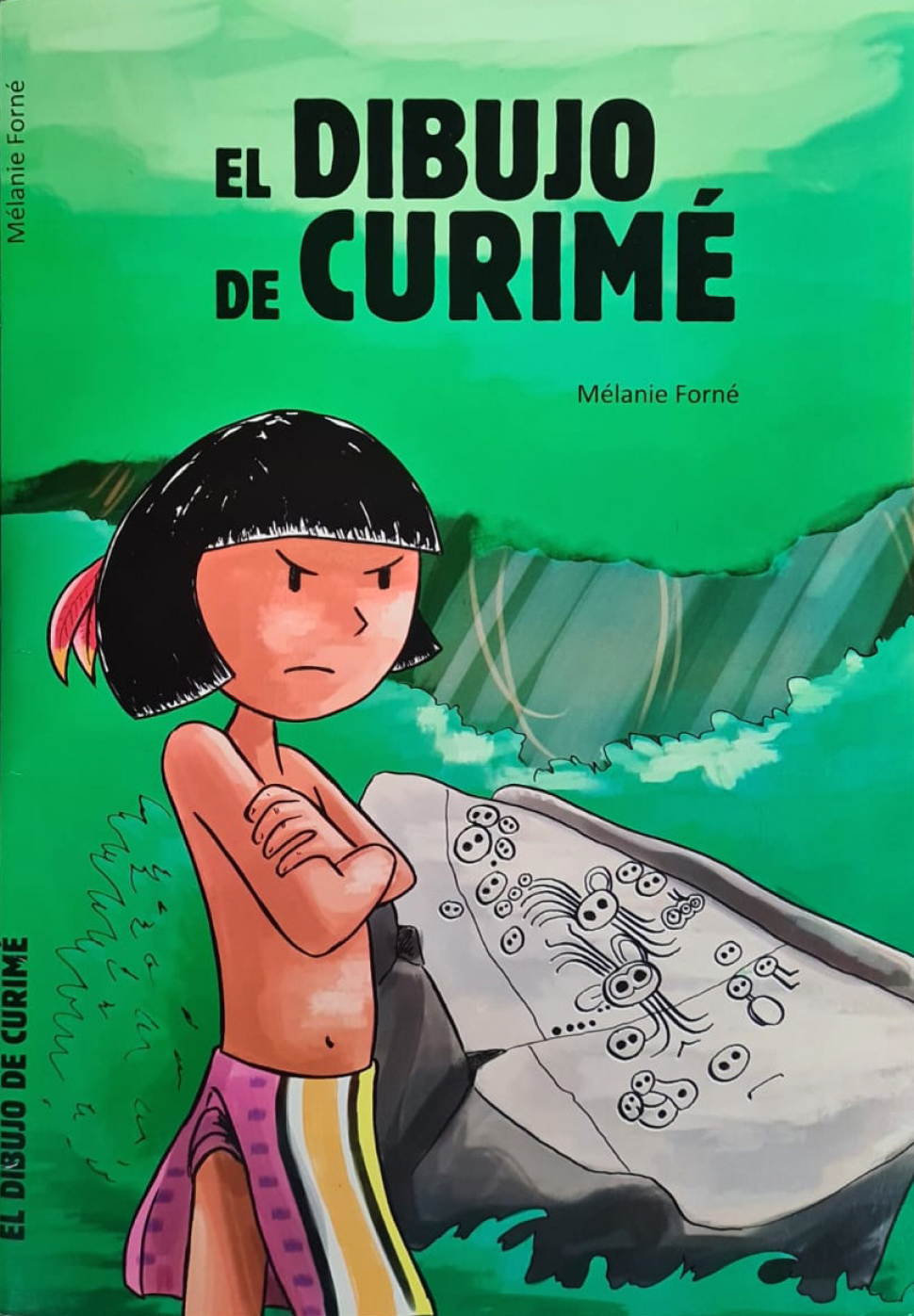
El dibujo de Curimé
This graphic cartoon is a playful way of approaching to rock art. Curimé, its protagonist, tells us her family history and how it goes on between pilgrimages, rituals and passing through places with engraved rocks.
Buy it at the Museum of BCCR Store. Located under the Plaza de la Cultura, San José, Costa Rica. For orders and shipments contact us: [email protected] / (506) 22434217

